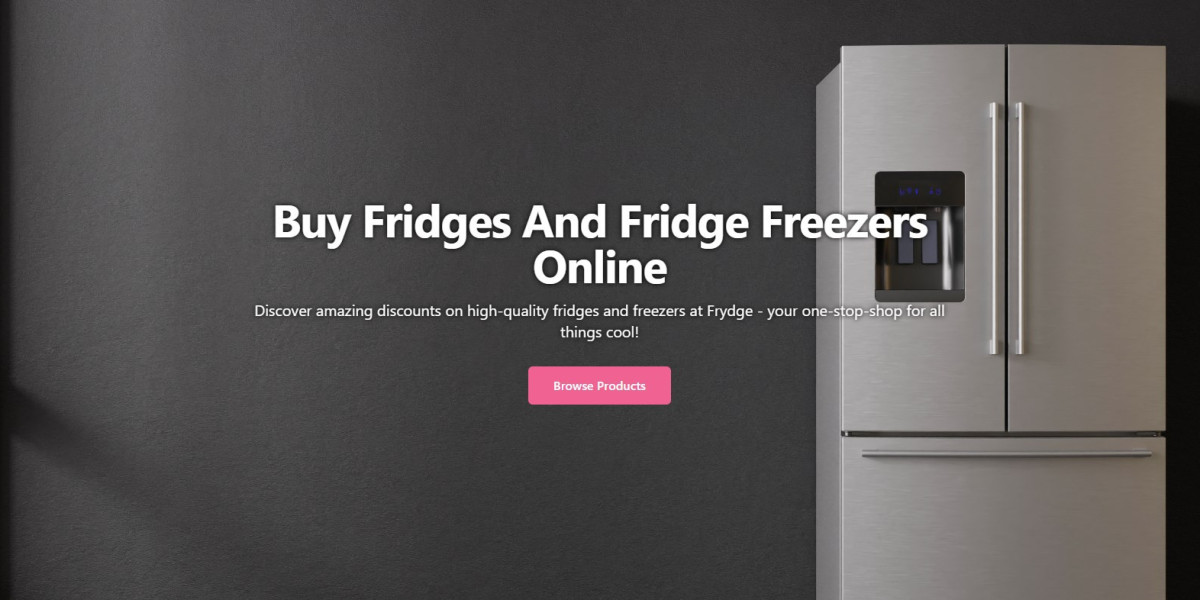In recent years, dentistry has evolved significantly, moving away from intimidating procedures towards patient-centred, minimally invasive, and highly effective treatments. Thanks to cutting-edge technology and advanced techniques, dental care now offers greater comfort, faster results, and improved outcomes for patients. Whether for routine check-ups or complex cosmetic treatments, these innovations have transformed the patient experience across the UK. From digital imaging to laser dentistry and clear aligners, modern dentistry prioritises precision and convenience. This blog explores the latest advancements shaping dental care today, highlighting how these developments benefit patients and enhance overall oral health.
Understanding the Shift: Modern Dental Expectations
Today's patients expect more than just a healthy smile; they seek treatments that are painless, quick, aesthetically pleasing, and long-lasting. This demand has driven dentists to adopt cutting-edge tools and procedures that enhance both the effectiveness and comfort of dental care.
Table: Key Changes in Dental Care Over the Last Decade
Aspect | Traditional Dentistry | Modern Dentistry |
Patient Comfort | Often painful/discomfort | Minimally invasive, sedation options |
Appointment Duration | Lengthy visits | Faster procedures with better tools |
Aesthetic Treatments | Limited to basic whitening | Veneers, Invisalign, laser whitening |
Diagnostic Techniques | Visual/manual inspection | Digital X-rays, 3D imaging |

Digital Dentistry: Precision Meets Comfort
One of the most revolutionary advances in dental care is digital dentistry, which utilises computer-aided design and manufacturing (CAD/CAM) technology to streamline procedures with remarkable precision and comfort. This innovation has transformed traditional methods, making treatments quicker, more accurate, and far less uncomfortable for patients. Many Dentist in York practices now use this technology to enhance patient experience and outcomes.
Benefits of Digital Impressions
- No messy impression trays: Digital scanners replace traditional moulds, eliminating discomfort and gag reflex, offering a quick, painless scan.
- Faster crown and bridge fittings: Precise digital impressions speed up design and production, reducing visits and treatment time.
- Enhanced diagnostic accuracy: High-resolution images reveal detailed tooth and gum health, enabling early detection and personalised care.
Invisalign: The Invisible Revolution
Orthodontics has also experienced a makeover. Invisalign, a clear aligner system, has become a leading alternative to metal braces for both teens and adults. These aligners are discreet, comfortable, and removable making them a lifestyle-friendly option.
Key Advantages of Invisalign
- Nearly invisible: Clear aligners are discreet, allowing you to straighten your teeth without drawing attention.
- Smooth edges for enhanced comfort: Designed to minimise irritation inside the mouth during treatment.
- No dietary restrictions: Unlike traditional braces, clear aligners can be removed while eating, so you can enjoy all your favourite foods.
- Shorter treatment duration for some cases: Depending on the complexity, treatment times can be quicker compared to conventional orthodontics, making it a convenient option for busy lifestyles.
Advancements in Teeth Whitening: Safe, Fast, and Effective
With more people prioritising a confident smile, teeth whitening York services have soared in popularity. The latest techniques offer results in as little as an hour, with reduced sensitivity compared to older methods.
Modern Teeth Whitening Techniques
- Laser Whitening: Uses laser light to speed up the bleaching process for faster results.
- LED Whitening: Employs a cooler light source, helping to minimise heat-related sensitivity during treatment.
- At-Home Kits (Prescribed by Dentists): Provides safe, custom-fit trays for effective whitening in the comfort of your home, under professional guidance.
Preventive and Diagnostic Technologies
Preventive care remains the cornerstone of effective dentistry, allowing dentists to identify and address problems before symptoms arise. Thanks to advanced diagnostic tools, early detection and timely intervention have become more accessible and accurate.
Examples of Preventive Technologies:
- Laser Cavity Detection: Detects tooth decay at microscopic stages, often before it’s visible to the naked eye, enabling early treatment.
- Digital X-rays: Provide clearer images with significantly lower radiation exposure and quicker processing times compared to traditional X-rays.
- CBCT (Cone Beam CT): Produces detailed 3D scans, essential for precise planning of dental implants, root canal treatments, and complex procedures.
Table: Diagnostic Efficiency Comparison
Method | Radiation Exposure | Detection Accuracy | Imaging Time |
Traditional X-rays | High | Moderate | 10 mins |
Digital X-rays | Low | High | 3 mins |
CBCT Imaging | Moderate | Very High | 5 mins |
These tools not only help in early intervention but also save patients time, money, and unnecessary discomfort.
Comfort Enhancements in Dental Clinics
Many modern clinics are adopting spa-like environments to help ease patient nerves. Calming music, aromatherapy, ergonomic chairs, and noise-cancelling headphones have become standard in some practices.
Popular Comfort Features in Clinics
- Warm neck pillows and blankets
- TV or digital displays on ceilings
- Sedation options for high-anxiety patients
- Faster appointments with high-tech tools
Such additions are no longer a luxury but an expectation, especially in competitive markets like Teeth whitening York, where patient experience is a major differentiator.
Focus on Minimally Invasive Dentistry
Minimally invasive dentistry (MID) aims to preserve natural tooth structure by using techniques like air abrasion, remineralisation, and adhesive bonding.
MID Techniques
- Air Abrasion: A drill-free alternative that uses fine particles to remove decay gently and precisely.
- ICON Resin Infiltration: Treats early tooth decay without the need for drilling, preserving more natural tooth structure.
- Laser Dentistry: Provides silent, painless treatments for soft tissues, reducing discomfort and speeding up healing times.
The Role of AI and Automation in Dentistry
Artificial intelligence is streamlining dental diagnostics and treatment planning. AI software can now detect cavities, gum disease, and even oral cancers with very high accuracy, significantly improving early detection and patient care.
Benefits of AI in Dentistry
- Faster diagnosis: Advanced technologies enable quicker identification of dental issues, allowing timely intervention.
- Consistent treatment planning: Digital tools provide accurate, repeatable assessments, ensuring reliable and personalised care plans.
- Improved patient outcomes: Precision diagnostics and tailored treatments lead to better long-term oral health and satisfaction.
- Integration with digital records: Seamless syncing with electronic health records enhances communication between dental professionals and supports comprehensive patient care.
Conclusion
The landscape of dental care has evolved dramatically, with comfort and effectiveness at the heart of these changes. From digital impressions and pain-free anaesthesia to advanced whitening and orthodontic solutions, today’s dental experience is more pleasant, precise, and patient-centred.For those seeking these advanced services, whether it’s teeth whitening York or finding a trusted dentist in York, choosing a practice that embraces modern innovation can make all the difference.At EDY, we pride ourselves on guiding patients through the latest in comfortable and effective dental care ensuring every smile is a confident one.








